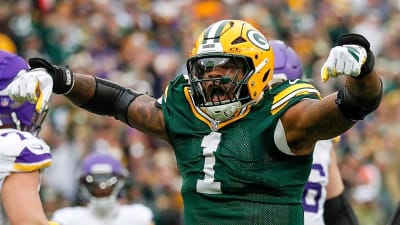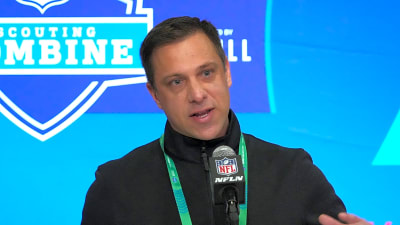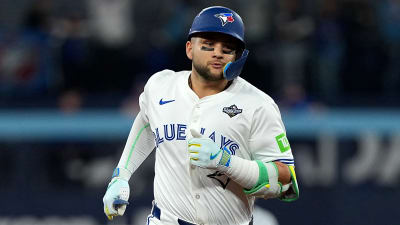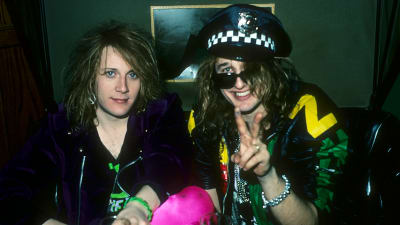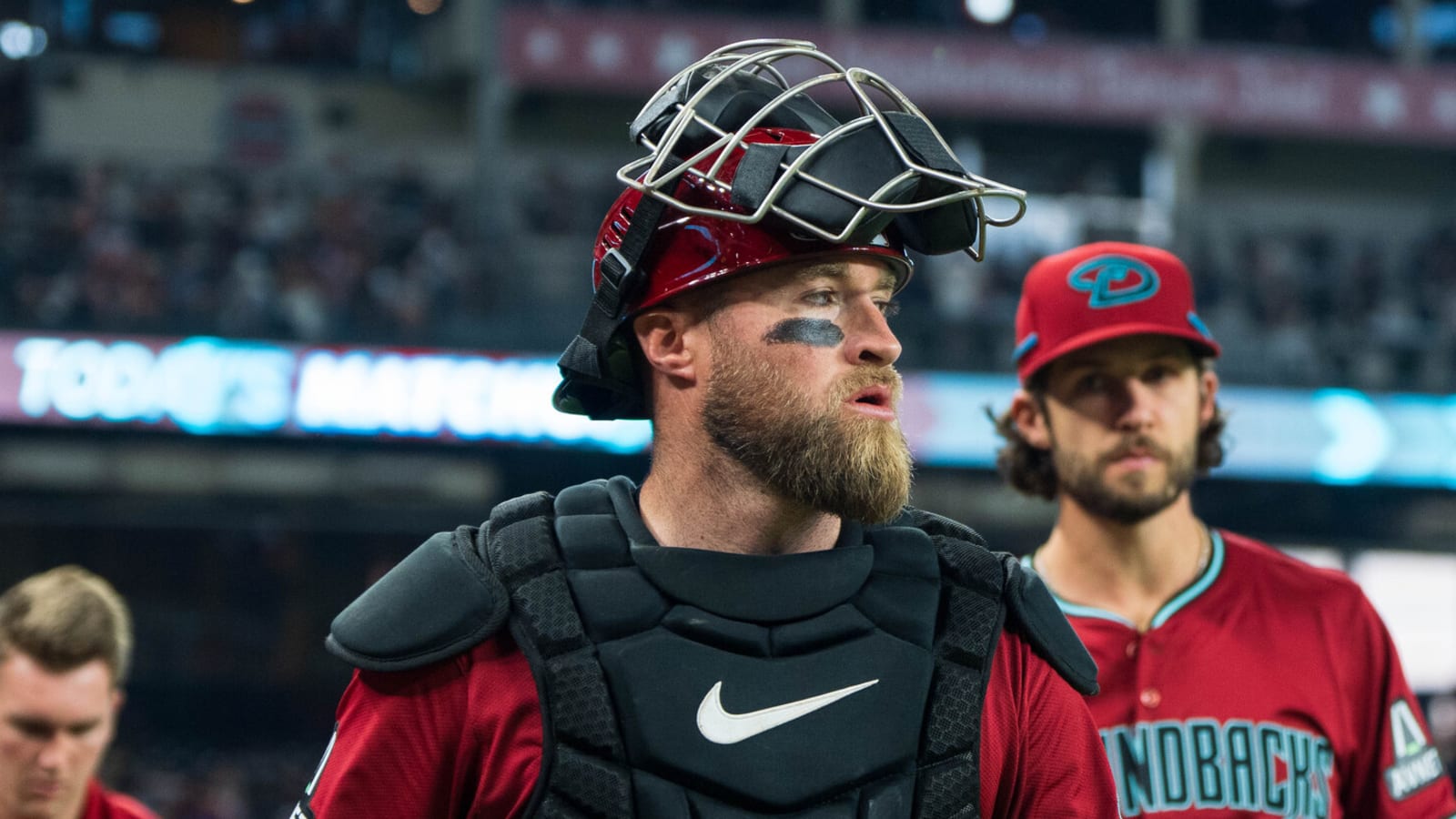
The D-backs have released veteran catcher Tucker Barnhart following last week’s DFA, per the team’s transaction log at MLB.com. He’s now a free agent.
Barnhart, 33, signed a minor league deal with the Snakes back in January. He’s technically in the second season of a two-year, $6.5MM contract signed with the Cubs in the 2022-23 offseason. Chicago released him from that contract last August after he hit just .202/.285/.257 in 123 plate appearances. The Dodgers quickly scooped him up on a minor league deal but didn’t bring him to the majors before the season’s end.
Things didn’t go much better for Barnhart in Arizona. He received a comparable number of plate appearances (96) but also posted comparable results: .173/.287/.210. Meanwhile, 27-year-old Jose Herrera posted a .260/.351/.362 batting line in Triple-A Reno this season, leading the D-backs to go with the younger switch-hitting Herrera as the preferred backup to Gabriel Moreno.
Barnhart was a regular with the Reds from 2015-21 and for a few years graded as one of baseball’s premier defensive catchers. The two-time Gold Glove winner has never been a strong offensive performer, but his bat has dwindled to the point where the benefit from his glove is no longer a clear worthwhile trade-off. Barnhart batted .249/.327/.380 during that lengthy run with the Reds but has produced a .208/.286/.255 slash in 527 plate appearances between three teams (Tigers, Cubs, D-backs) since leaving Cincinnati.
Any team seeking catching depth can now sign Barnhart with virtually no risk. He’d only be owed the prorated league minimum for any time spent on a new team’s major league roster/injured list. The Cubs are on the hook for the remainder of this year’s $3.25M salary.
More must-reads:
- Brandon Nimmo, Christian Walker among notable NL All-Star snubs
- Christian Walker reacts with class to All-Star Game snub
- The '2001 Arizona Diamondbacks' quiz
Breaking News
Trending News
Customize Your Newsletter
 +
+
Get the latest news and rumors, customized to your favorite sports and teams. Emailed daily. Always free!
